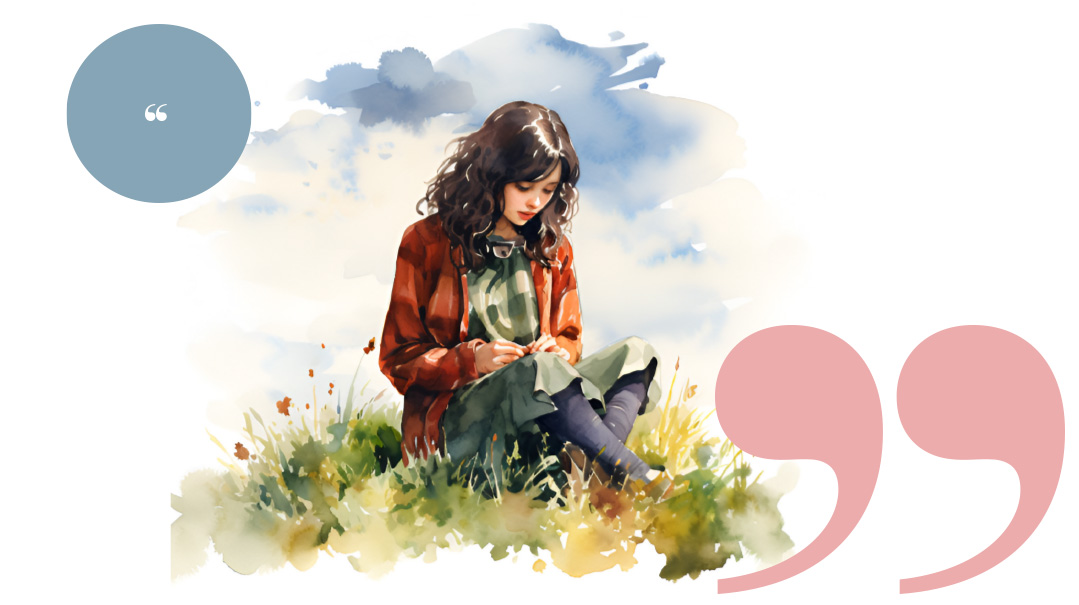Editor’s Letter: Issue 608
| September 5, 2018Rosh Hashanah, a Yom Tov measured not by how much time we spend in shul, but by how much we allowed Hashem’s light to shine in us and through us
Most of us go through stages in our relationship with Rosh Hashanah.
When you’re very little, it’s about the physical self. There’s your new dress — you love how it flares when twirl. There’s special food — plump raisin challos, strange simanim, roast, sticky tzimmes, honey cake. On that first night, you eagerly wait for your father to come home, so you can recite the carefully memorized “l’shanah tovah tikasev.”
You get older, learn more, go to shul for a few hours. You begin to hear the whispers of your soul. You picture Hashem as King, envision Him rising from the throne of din and moving to the throne of rachamim as the baal tokeah blows blast after haunting blast. You do surreptitiously check out your friends’ outfits and calculate how many pages are left in the machzor until davening is over (it always seems to be hundreds), but you carefully read the piyutim, and when everyone sings “Hashem Melech,” something floods your chest, and you think of that word you recently learned: eternity.
More years, more shiurim. Rosh Hashanah is “t’chilas maasechah,” the blueprint upon which the rest of your year will be built. There’s an undercurrent of trepidation; you help your mother more, refrain from insulting your brother, try to rein in your wandering mind during davening. Your spiritual self is more and more present, particularly that year you’re in Eretz Yisrael, where azure sky touches golden stones, and the heavens seem closer.
You go back home, and your deepest desires forge a connection between you and the only One Who can provide. Please Hashem, you think throughout the day, next year a husband, next year a baby. Your machzor is wet effortlessly, and you’re achingly aware of all that’s at stake as you stand in shul awash in longing. You feel tuned into your soul’s frequency.
And then you’re blessed, so blessed. A husband, a baby, then another. But suddenly, Rosh Hashanah tilts. The first day of the year finds you building a Kapla tower, in the park, rotating the food on the hot plate so it isn’t completely dry when your husband returns (the tefillos you aren’t davening seem never-ending). You rush out for shofar, try to focus as your neighbor’s husband blows 30 brief blasts. Your soul cries faintly. After all those years of climbing, are you now sliding downwards to a physically focused Rosh Hashanah?
There are endless lessons to be learned from Leah Gebber’s description of Naomi Rivka Most’s awe-inspiring journey at her husband’s side, through more than a decade of illness. What struck me hardest was the seamlessness of their lives.
Too often, our days are compartmentalized (some would call it splintered). There are the things we do for our soul: brachos, chesed, some squeezed-in tefillah. And then there’s the rest of our lives, which don’t feel spiritual at all. What we tend to forget is that Hashem will enter wherever we let Him in.
The Mosts embodied that ever-present cognizance of Hashem. He was in shul and the hospital, in the living room and the garden. Everything came from Him — body and soul, pain and blessing —and everything He gave was used in service of Him. Their clarity of purpose enabled them to handle excruciating challenges with grace, and even joy.
Perhaps that’s what we should be aiming for on Rosh Hashanah, a Yom Tov measured not by how much time we spend in shul, but by how much we allowed Hashem’s light to shine in us and through us. For when we let Hashem enter every corner of our world, there’s nothing that can’t be suffused with significance.
Kesivah v’chasimah tovah,
(Originally featured in Family First, Issue 608)
Oops! We could not locate your form.





